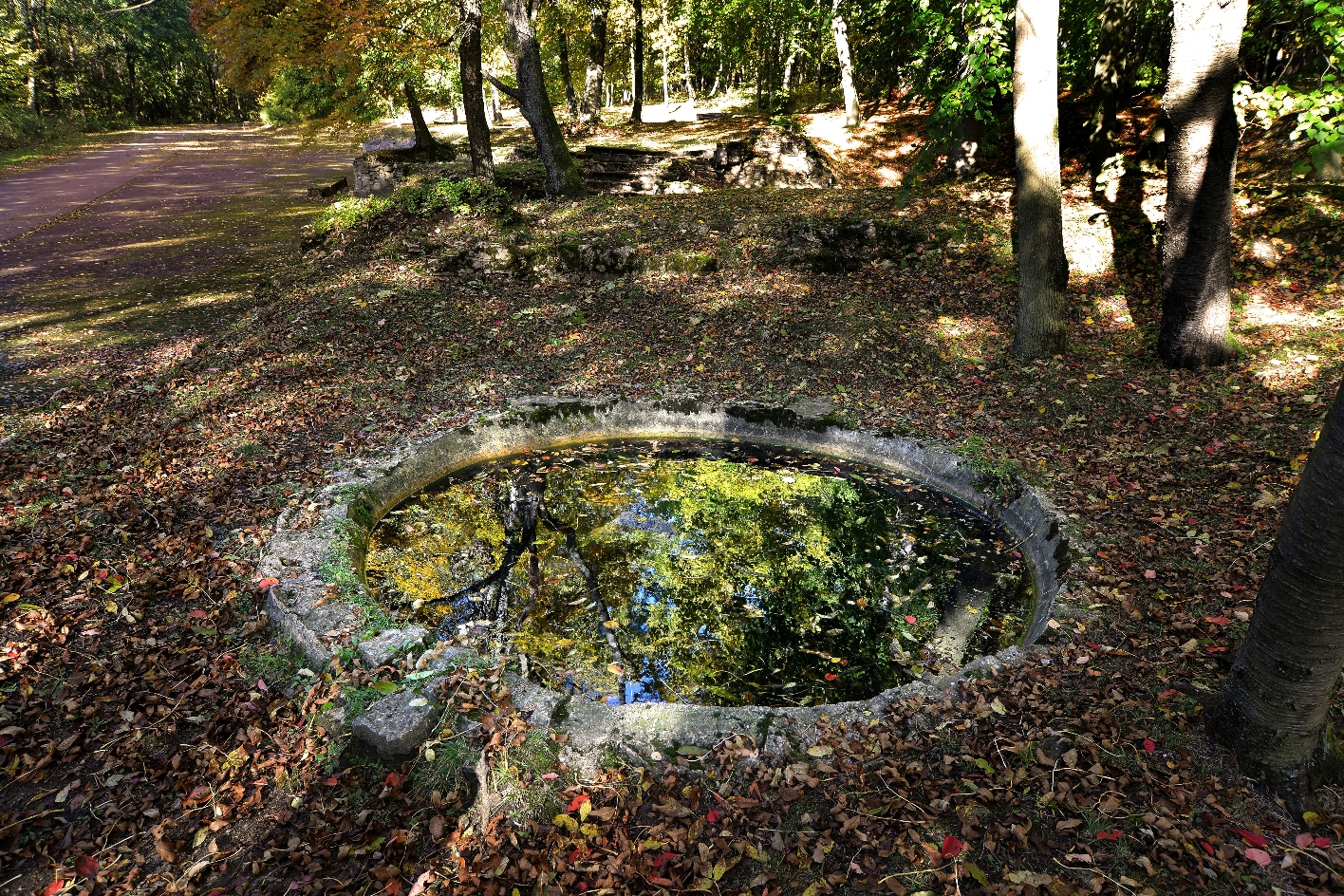


A second settlement for SS unit commanders (known today as the Ettersberg Settlement) was constructed a few kilometres from the camp. The ten homes, constructed in the traditionalist style known as "Heimatschutzstil", lined Eicke Path (a street named after Theodor Eicke, head of the SS "Death's Head Units", and Inspector of the concentration camps). By January 1938, the families of the camp commander and Schutzhaftlagerführer (officers of the "protective custody" camp) had moved into the first three houses. This is also where the camp doctors, the head of the guard detail, and the
The families of the SS commanders, which usually included multiple children, lived lives of middle-class affluence. Inmates worked as household servants. The first camp commander, Koch, lived in the largest house of the settlement with his family, so-called "Haus Buchenwald." The air raid cellar of the settlement was located underneath this home.
In the mid 1950s the houses were destroyed during explosives training carried out by the People's Police of the GDR, who were stationed at Ettersberg. Remnants of the head-high, dry-stone walls and the remains of the gardens were made visible again in the 1990s.

